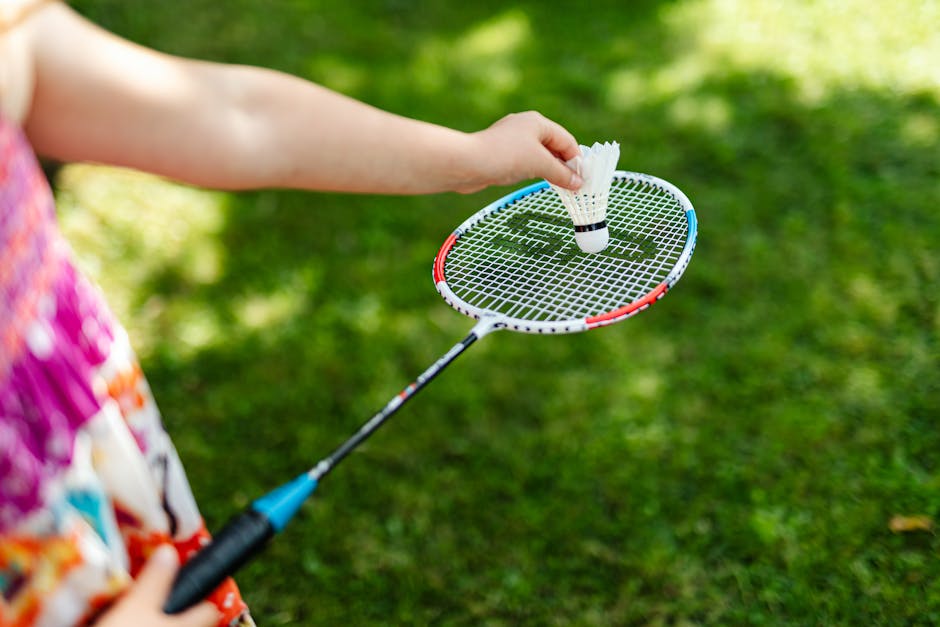Badminton, a sport enjoyed by millions worldwide, requires agility, strategy, and the right equipment. Perhaps the most crucial piece of equipment is the badminton racket. Choosing the right racket can significantly impact your game, whether you're a beginner just starting out or a seasoned player looking to improve your performance. This guide will walk you through the essential factors to consider when selecting your ideal badminton racket.
First, consider your skill level. Beginners generally benefit from rackets with more flexibility and a larger sweet spot, making it easier to connect with the shuttlecock. As your skills progress, you can transition to stiffer rackets that offer more power and control. Intermediate and advanced players often prefer head-heavy rackets for powerful smashes, while beginners might find a head-light racket easier to maneuver.
Weight is another crucial factor. Lighter rackets offer greater maneuverability and are ideal for quick reactions at the net. Heavier rackets, on the other hand, provide more power and stability for powerful shots. Racket weight is typically measured in grams, and most fall within the range of 85g to 95g.
Grip size is also essential for comfort and control. A grip that's too small can lead to wrist strain, while a grip that's too large can hinder quick movements. Grip sizes are typically measured in millimeters, and it's best to try out different sizes to find the one that feels most comfortable in your hand.
Balance point refers to the distribution of weight along the racket. Head-heavy rackets are ideal for powerful smashes, while head-light rackets offer better control and maneuverability. Evenly balanced rackets provide a compromise between power and control.
String tension also plays a significant role in performance. Higher string tension provides more control and precision, while lower tension offers more power. The recommended tension range is usually printed on the racket frame.
Finally, consider the material of the racket. Aluminum rackets are generally more affordable and durable, making them a good choice for beginners. Graphite rackets are lighter and offer better performance, but they tend to be more expensive. Other materials, such as carbon fiber and titanium, are also used in high-end rackets.
By considering these factors – skill level, weight, grip size, balance point, string tension, and material – you can choose a badminton racket that perfectly complements your playing style and helps you elevate your game to the next level. Remember to try out different rackets if possible to find the one that feels most comfortable and responsive in your hand.
